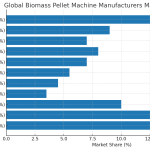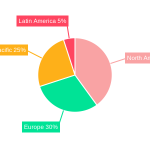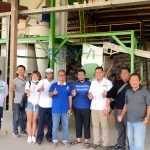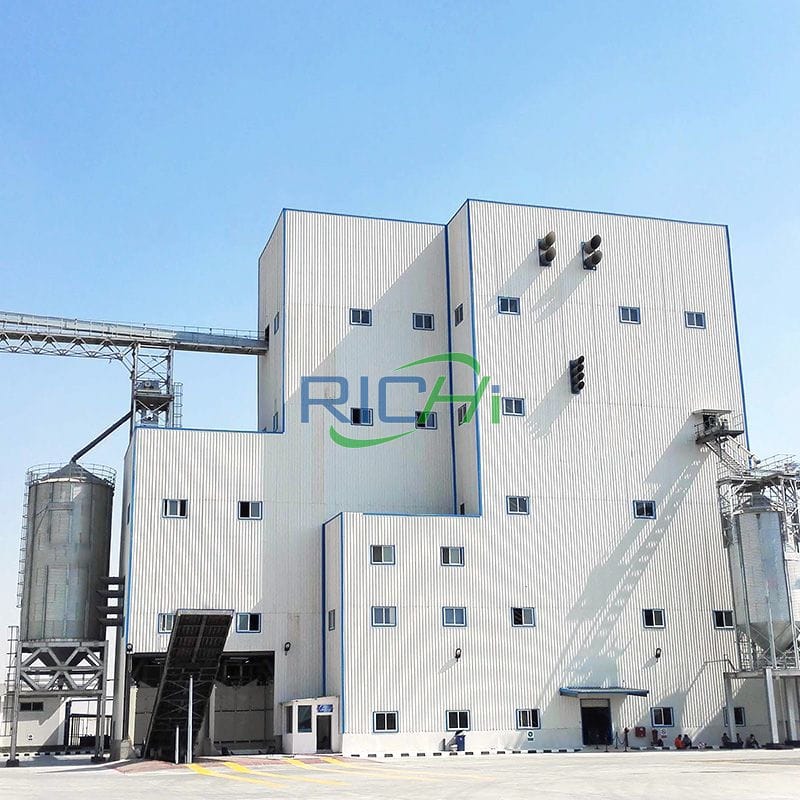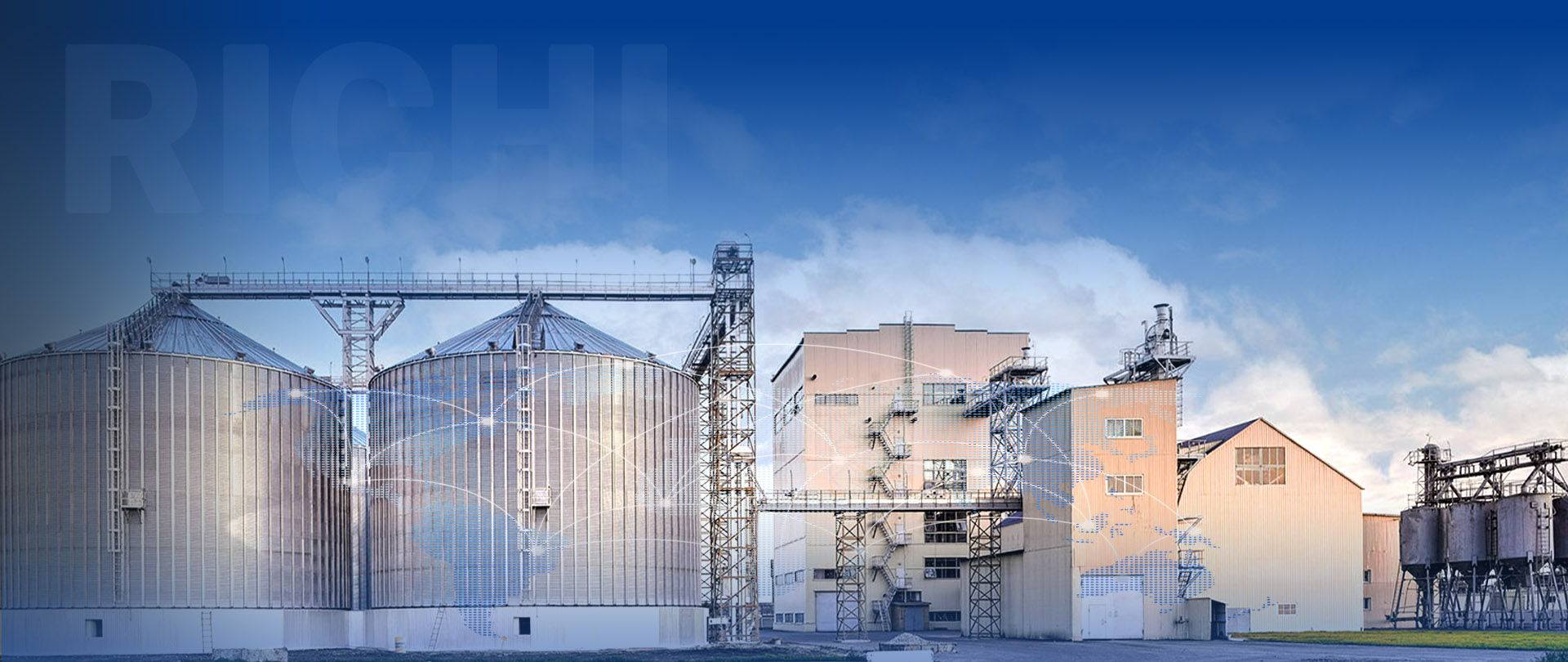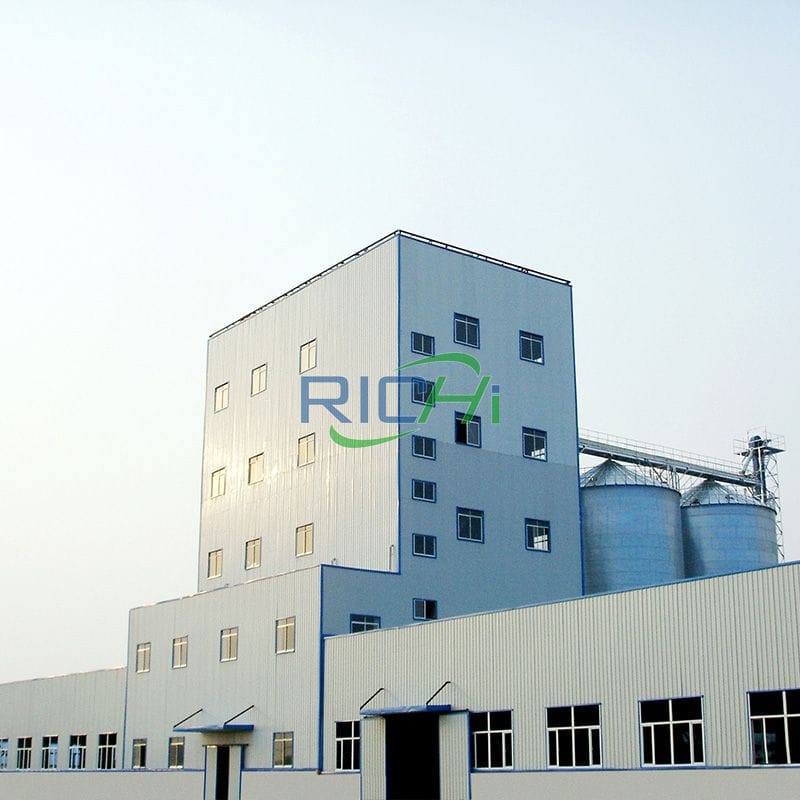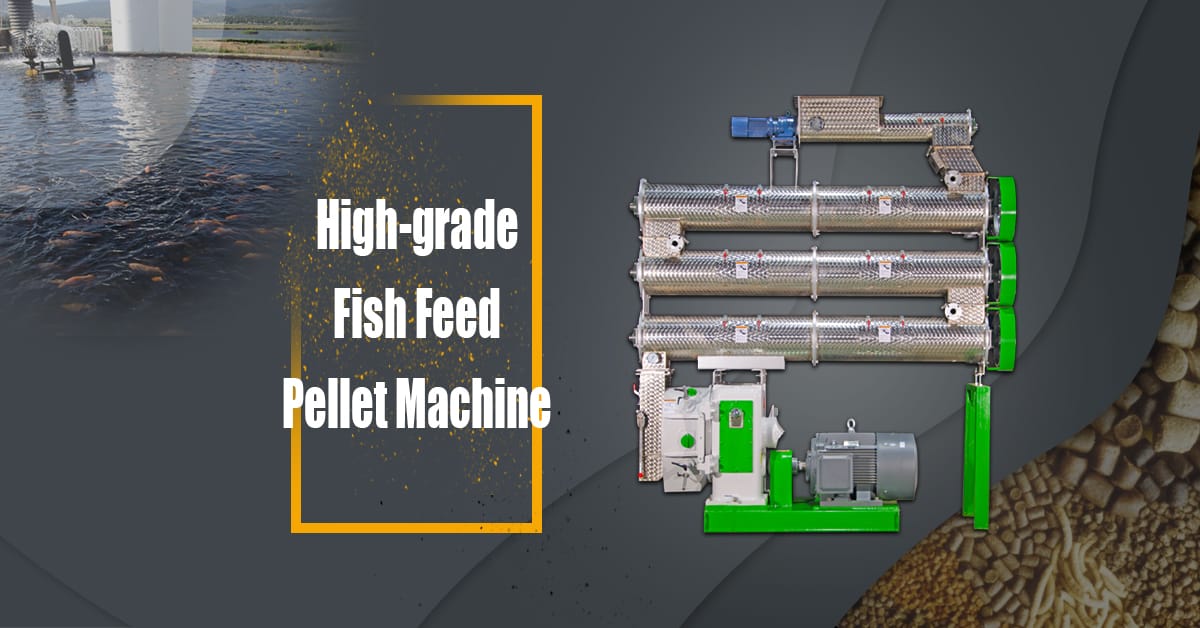The aquaculture industry has seen significant growth globally, leading to an increased demand for high-quality aqua feed. A 5 tons per hour (t/h) aqua feed plant represents a substantial investment in this sector. However, the cost of setting up such a facility can vary considerably across different regions.
This article explores the key factors that influence these cost differences and provides insights into the relative expenses in various parts of the world.
- Equipment Manufacturing and Sourcing
One of the primary factors affecting the cost of a 5t/h aqua feed plant is the location of equipment manufacturers and the associated shipping costs. Regions with a strong manufacturing base for feed mill equipment, such as China, may offer lower prices compared to regions that need to import most of the machinery.For example, sourcing equipment from China for a plant in Southeast Asia might cost 20-30% less than importing the same equipment to North America or Europe. This difference can amount to savings of $100,000 to $200,000 on a typical 5t/h aqua feed plant.
- Labor Costs
The cost of labor for construction, installation, and operation varies widely across regions. Countries with lower labor costs, such as many parts of Asia and Africa, may have an advantage in terms of reduced overall expenses.For instance, labor costs for plant construction and installation in Southeast Asia might be 50-70% lower than in Western Europe or North America. This could translate to savings of $50,000 to $100,000 on the initial setup costs.
- Raw Material Availability
The proximity to raw material sources can impact both the initial setup costs (in terms of storage facilities) and ongoing operational expenses. Regions with easy access to key ingredients for aqua feed may have lower overall costs.Countries with a strong agricultural base or those near major fishing ports may save 10-15% on raw material costs compared to regions that need to import most ingredients. This can significantly impact the long-term operational costs of the plant.
- Land and Construction Costs
The price of land and construction expenses differ significantly between urban and rural areas, as well as between developed and developing countries. These costs can account for 15-25% of the total project cost.For example, land costs in urban areas of developed countries might be 5-10 times higher than in rural areas of developing countries. This difference could amount to $200,000 to $500,000 for a 5t/h aqua feed plant. (Related post: fish feed pellet machine price)
- Regulatory Environment
Different regions have varying regulations regarding feed production, environmental standards, and quality control. Stricter regulations may necessitate additional investments in equipment and processes, increasing overall costs.Compliance costs in regions with stringent regulations, such as the European Union or North America, could add 10-15% to the total project cost compared to regions with less strict regulations. This could mean an additional expense of $100,000 to $200,000 for a 5t/h plant.
- Energy Costs
The price of electricity and other forms of energy used in feed production can vary substantially between regions, impacting both initial investment (in terms of power supply infrastructure) and operational costs.Energy costs in some European countries or Japan might be 2-3 times higher than in countries with abundant energy resources, such as some Middle Eastern nations. This difference can significantly affect the long-term operational costs of the plant.
- Technology and Automation Level
The level of technology and automation chosen for the plant can vary based on regional factors such as labor costs and availability of skilled workers. Highly automated plants require a higher initial investment but can lead to lower operational costs in the long run.A fully automated 5t/h aqua feed plant might cost 30-40% more in initial investment compared to a semi-automated plant. However, it could reduce operational costs by 20-30% annually, particularly in regions with high labor costs.
- Market Demand and Competition
Regions with high demand for aqua feed and less competition may justify higher investments due to potentially better returns. This can influence decisions on plant capacity and technology level, thereby affecting costs.
- Infrastructure and Logistics
The quality of local infrastructure, including transportation networks and utilities, can impact both initial setup costs and ongoing operational expenses. Regions with poor infrastructure may require additional investments in these areas.For instance, setting up a plant in a region with underdeveloped infrastructure might require an additional 5-10% investment in roads, power supply, or water treatment facilities.
- Currency Exchange Rates and Economic Stability
Fluctuations in currency exchange rates and overall economic stability of a region can significantly impact the cost of setting up and operating an aqua feed plant. Regions with stable economies and favorable exchange rates may offer cost advantages.Regional Cost ComparisonTo illustrate these differences, let’s compare the estimated costs of setting up a 5t/h aqua feed plant in different regions:
- Southeast Asia (e.g., Vietnam, Thailand, Indonesia)
- Estimated Cost Range: $1.5 – $2 million
- Key Advantages: Lower labor costs, proximity to raw materials, established aquaculture industry
- China
- Estimated Cost Range: $1.3 – $1.8 million
- Key Advantages: Local manufacturing of equipment, competitive labor costs
- North America (USA, Canada)
- Estimated Cost Range: $2.5 – $3.5 million
- Key Factors: Higher labor and regulatory compliance costs, advanced technology integration
- Europe
- Estimated Cost Range: $2.8 – $3.8 million
- Key Factors: High labor costs, stringent regulations, advanced technology
- Middle East
- Estimated Cost Range: $2 – $3 million
- Key Factors: Varying labor costs, potential need for climate control, lower energy costs
- Africa
- Estimated Cost Range: $1.7 – $2.5 million
- Key Factors: Lower labor costs, potential challenges in infrastructure, emerging market
Conclusion
The cost differences of a 5t/h aqua feed plant across regions are determined by a complex interplay of factors including equipment sourcing, labor costs, raw material availability, land and construction expenses, regulatory environment, energy costs, technology level, market conditions, infrastructure, and economic factors.
These regional variations can result in cost differences of up to 100% or more between the lowest and highest-cost areas. Southeast Asia and China generally offer the most competitive prices due to lower labor costs and proximity to equipment manufacturers. In contrast, North America and Europe tend to have higher costs but may offer advantages in terms of technology and market positioning.
When considering the establishment of an aqua feed plant, it’s crucial to conduct a thorough analysis of these factors specific to each potential location. Additionally, investors should consider the long-term operational costs and market potential, not just the initial investment. By carefully evaluating these regional differences and implementing cost-optimization strategies, investors can make informed decisions that balance the initial investment with long-term profitability in the dynamic aqua feed industry.
For details please contact: pelleting machine
WhatsApp:86 138 3838 9622
Email:enquiry@richipelletmachine.com

